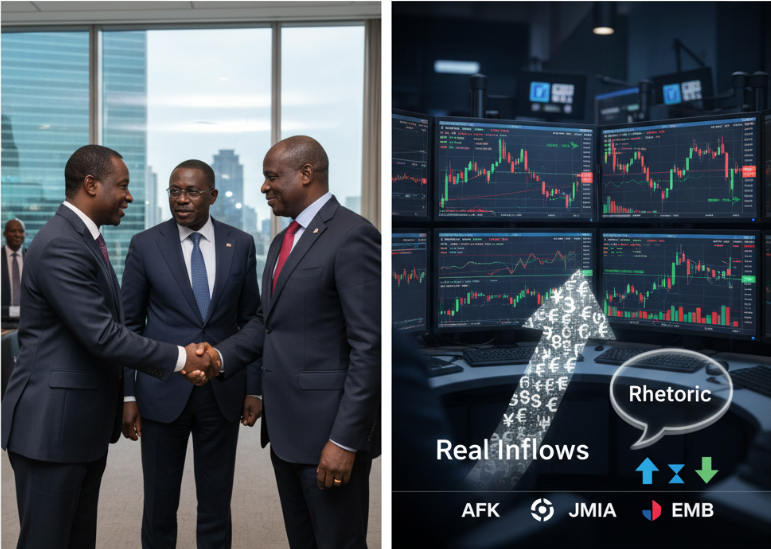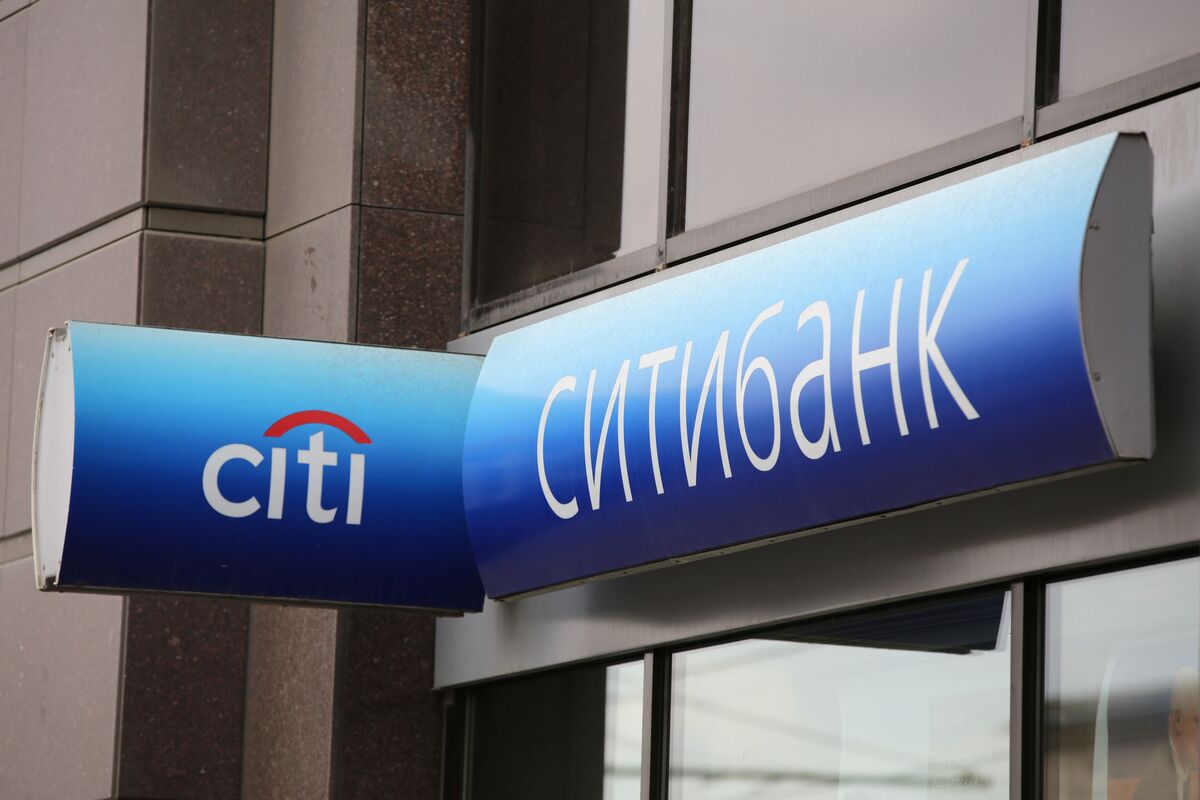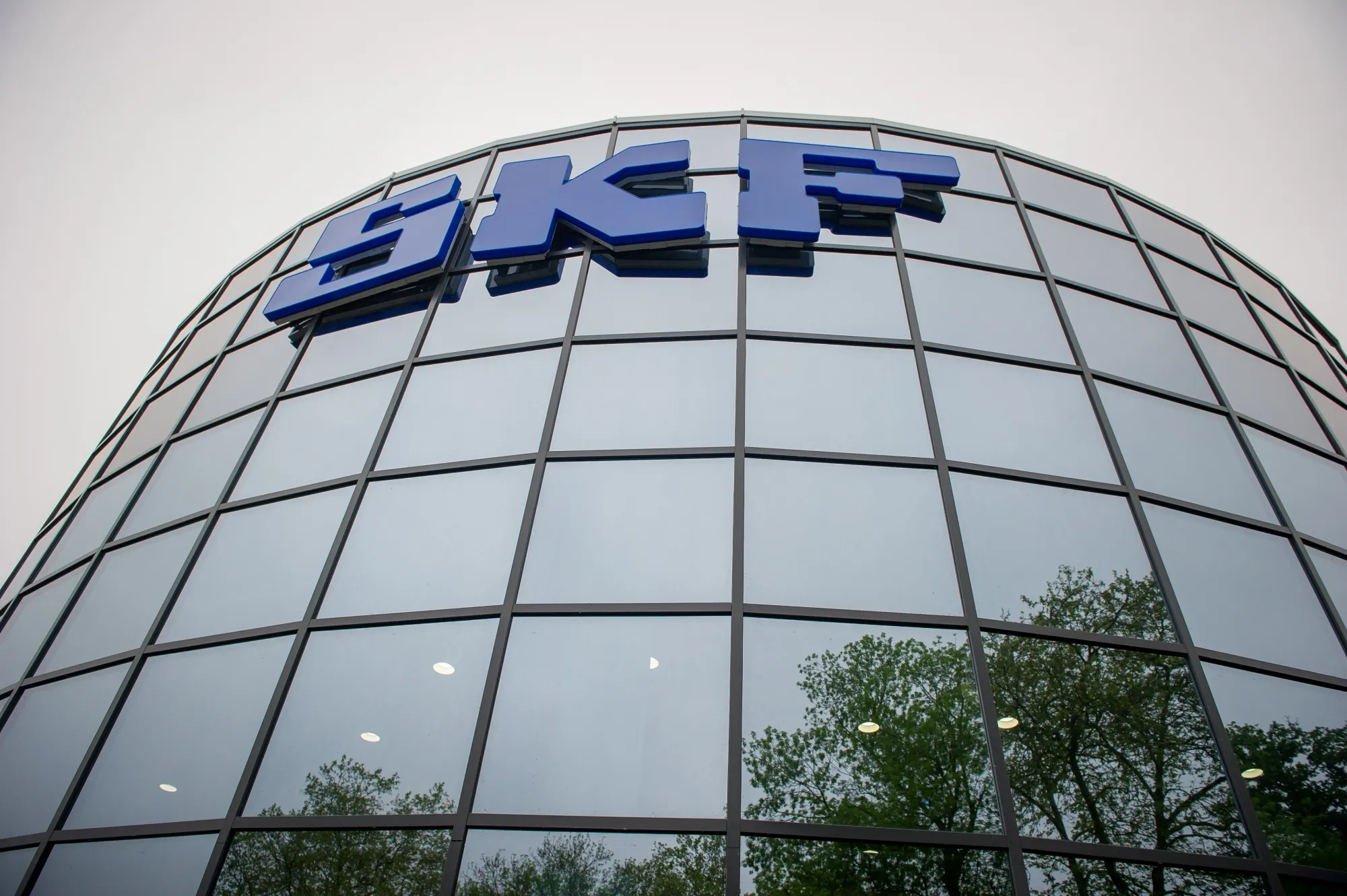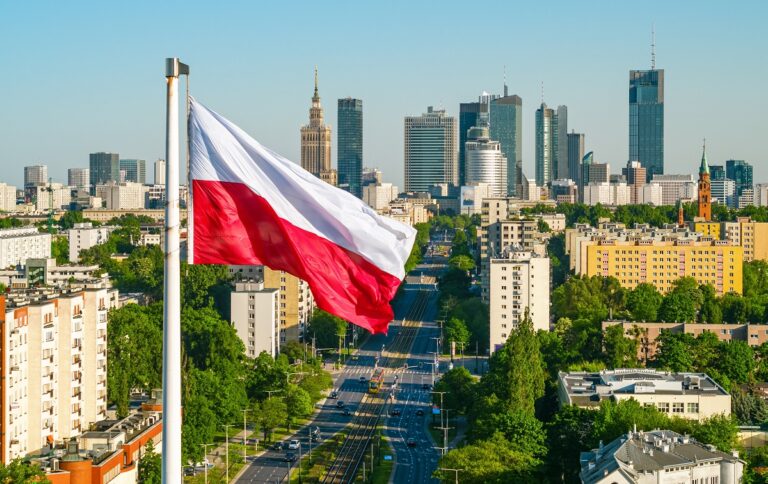Unstoppable Africa or Unstaged Rhetoric? Markets Brace for New York Summit, Sept 21–22
African leaders meet in New York on Sept 21–22 for the Unstoppable Africa Summit, but markets eye execution. Ghana 2032s (XS2507008940) yield >18%, Kenya 2027s (XS2013531433) 11%. Will pledges lift AFK, JMIA, EMB, or fade as rhetoric? FX from NGN=X to ZAR=X waits on real inflows.

As New York prepares to host the fourth edition of the Unstoppable Africa Summit on 21–22 September, expectations are being shaped not only by the gathering’s scale and profile but by the urgency of Africa’s economic context. The event, convened by the Global Africa Business Initiative under the UN Global Compact with African Union backing, has drawn over 8,000 participants and 10 heads of state across its first three editions. Yet for investors, the question is whether this platform can shift Africa’s risk profile and capital flows at a moment when sovereign debt stress, fragile currencies, and limited fiscal space continue to define the investment case.
The macro backdrop highlights the stakes. Africa’s average public debt-to-GDP has climbed to around 65 percent in 2024, up from 50 percent a decade earlier, with Ghana, Kenya, and Nigeria facing euro-bond yields that remain in distressed or high-risk territory. Ghana’s 2032 bonds (ISIN: XS2507008940) still trade at yields above 18 percent, Kenya’s 2027s (ISIN: XS2013531433) near 11 percent, and Nigeria’s 2031s (ISIN: XS2293549025) around 750 basis points over Treasuries. For these sovereigns, refinancing windows are tight, and sentiment-driven spread tightening of even 100–200 bps would have material implications for debt sustainability. Investors will therefore parse summit announcements carefully for signs of credible reform or financing structures that could change market pricing.
Foreign reserves add another layer of vulnerability. Nigeria sits at roughly $33 billion, Egypt at $46 billion, Kenya at $6.7 billion, and Ghana at $4.5 billion, levels that leave limited buffer against capital outflows or FX shocks. Inflation trajectories diverge sharply, with Ghana still above 20 percent while Tanzania remains around 3.2 percent, underlining the uneven stability across the continent. In this environment, the signaling that emerges from the summit could feed directly into euro-bond spreads, local FX movements, and even frontier-market ETF flows such as the iShares J.P. Morgan USD Emerging Markets Bond ETF (EMB).
The challenge lies in substance. Africa attracted around $45 billion in FDI in 2023, a recovery from the pandemic slump but still concentrated in extractives and a handful of large economies. For the summit to influence markets, investors will look for announcements that create bankable pipelines in logistics, digital infrastructure, renewable energy, and agribusiness. Blended finance vehicles or regional guarantee facilities would be particularly impactful, as they address the financing gap that has kept African pension funds and insurance pools—whose assets average only 12 percent of GDP compared with over 50 percent in OECD economies—largely on the sidelines. Without de-risking mechanisms, Africa’s investment narrative remains aspirational.
Sectoral focus could also shape equity sentiment. If credible commitments emerge for trade corridors, ports, and rail, listed infrastructure and construction names in South Africa and Nigeria would be obvious beneficiaries, while a $1–2 billion financing package could materially shift valuations in cement and ports operators. Digital finance remains a bright spot after fintech raised about $3 billion in 2024, and summit backing for regional payment interoperability would support sentiment for proxies like Jumia (NYSE: JMIA) and broader ETFs such as the VanEck Africa Index ETF (AFK). Renewables will likely be highlighted as Africa seeks to position itself ahead of COP30 as a supplier of green energy. Yet while Africa’s solar levelized cost of electricity is already competitive at $30–40/MWh compared to the global average of $45–50, the elevated financing premium erodes this advantage, and until blended structures lower the weighted cost of capital, the theme will remain more policy aspiration than investable reality.
Currencies are particularly sensitive to shifts in perception. The naira (NGN=X), hampered by chronic FX backlogs, is unlikely to benefit without structural reform, but the Kenyan shilling (KES=X) and Ghanaian cedi (GHS=X) could see speculative rallies on positive announcements, given their low reserve cover. Traders may also use the South African rand (ZAR=X) as a liquid proxy to express views on Africa as a whole, amplifying summit-driven volatility. Such moves, however, are likely to be discounted quickly unless actual inflows reinforce the sentiment.
The risk, as history shows, is that announcements fail to materialize. Africa’s past investment summits have frequently over-promised and under-delivered, especially in renewables and transport where regulatory hurdles delayed projects. Concentration of deals in a few economies such as South Africa, Nigeria, Egypt, and Kenya risks leaving much of the frontier universe untouched. Moreover, global liquidity conditions remain a constraint. With U.S. rates still elevated, euro-bond issuance windows are narrow, and even optimistic outcomes in New York may not immediately translate into lower refinancing costs for sovereigns.
For analysts and traders, the market implementation pathways are clear. In sovereign debt, high-beta names such as Ghana, Kenya, and Nigeria remain most sensitive to announcements, with EMB providing a broader EM proxy. In equities, AFK offers diversified exposure, JMIA serves as a fintech sentiment barometer, and Nigerian bank stocks such as Zenith Bank (ZENITHBANK.LG) and GTCO (GTCO.LG) react quickly to any perceived easing of FX pressure. In commodities, global players such as Freeport-McMoRan (FCX) and Glencore (GLEN.L) could benefit indirectly if summit rhetoric translates into long-term commitments to beneficiation and green metals supply. Yet execution risk demands caution, and investors should treat rallies as tactical rather than structural unless underpinned by hard commitments.
The base case is modest improvement: incremental pledges leading to 30–50 bps tightening in high-beta eurobonds, short-lived FX rallies, and small inflows into AFK and EMB. A bull case would involve $5–10 billion in blended finance commitments, a credible AfCFTA-backed logistics initiative, and clear policy reform signals, in which case Ghana and Kenya bonds could rally sharply, frontier ETFs could gain 5–7 percent, and Africa’s invest-ability curve would improve. The bear case is familiar: limited follow-through, global liquidity tightening, and spreads widening again as investors dismiss the event as rhetoric.
Ultimately, the Unstoppable Africa Summit will be judged not by its staging but by whether it alters market behavior. Investors are watching for signals strong enough to shift sovereign risk perception, deepen capital flows, and anchor Africa’s integration into global markets. Without concrete announcements, the summit risks being another well-branded gathering, but with genuine financing breakthroughs, it could mark a turning point for Africa’s positioning on the global investment map. For now, markets will approach with guarded optimism, balancing tactical opportunities in bonds, FX, and ETFs against the structural realities of debt, liquidity, and governance that continue to frame the Africa risk trade.





